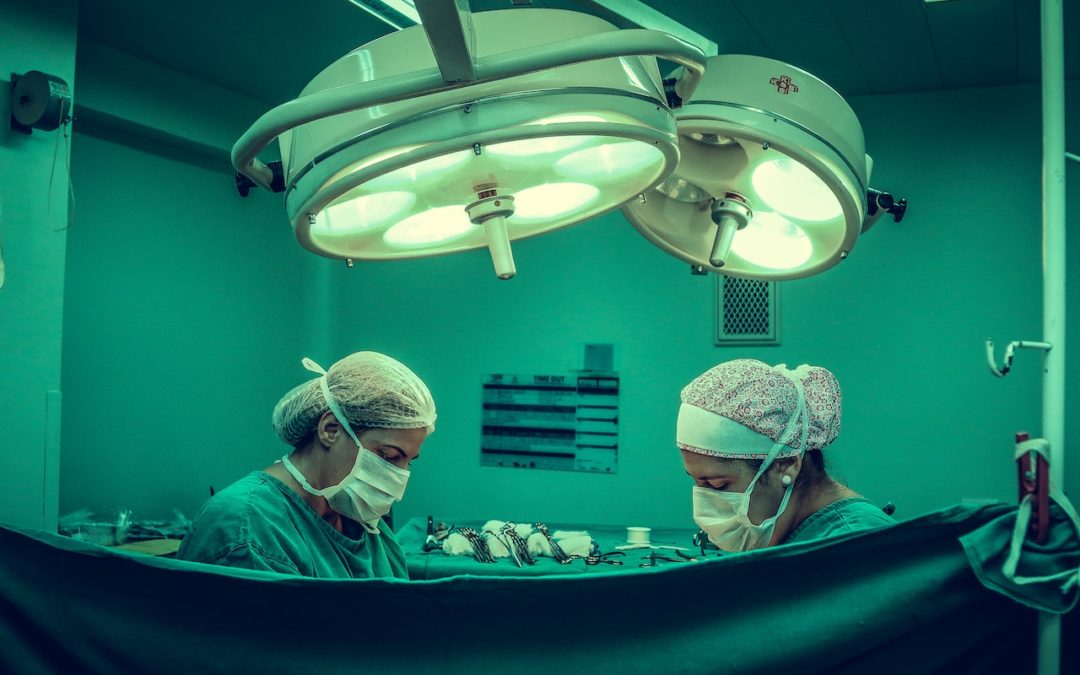After undergoing any form of surgery, it’s common practice for patients to visit their medical practitioner for a follow-up consultation in order to detect and address any potential post-operative complications that may arise. During the COVID pandemic, many of these follow-up consultations were conducted remotely via telehealth appointments.
A new study has found that telehealth follow-up appointments can be a boon for patients recovering from surgery, saving them time, while being just as effective at finding and addressing problems that may arise when visiting a clinician in-person.
The study, which was recently published in the journal Surgical Endoscopy, shows that telehealth follow-up appointments following surgery to remove a gall bladder are just as effective as in-person visits for detecting and addressing postoperative complications such as wound infections, as well as complications associated with the cardiopulmonary system such as pneumonia and pulmonary embolism—where a blood clot in the artery of the lung blocks blood flow to part of the lung.
Similar results
“Based on my clinical experience seeing patients, my hunch was that the results would be similar between telehealth and a clinic visit,” said study author, Danielle Abbitt, MD, a researcher at the University of Colorado Department of Surgery who also conducted a similar study on patients who underwent surgery to repair an inguinal hernia. “Patients are very intelligent, and they know when something is wrong with their body. If there’s an issue, they’ll bring it up and call the clinic. Most of the patients I see for post-op visits are doing well and don’t have any complaints, but if they do, we can also address that during telehealth visits.”
The study was conducted on veteran patients who were receiving medical care at the Rocky Mountain Regional VA Medical Center on the University of Colorado Anschutz Medical Campus. The facility started telehealth consultations for patients who had undergone gall bladder surgery in 2020 after the COVID-19 pandemic forced medical facilities to limit in-person visitations due to the increased risk of exposure and the associated health concerns expressed by patients. Gall bladder surgery is often a planned procedure, but if symptoms are severe, it may necessitate an emergency operation. Both cases require similar follow-up care, which according to Abbitt, typically involves an in-person visit to a clinic two weeks after undergoing surgery to have incisions checked and pain levels monitored.
A permanent solution
When COVID forced a switch from in-person follow-up consultations to phone call consultations conducted remotely, Abbitt thought this could offer a permanent solution for saving patients time and limiting stress, as they no longer had to drive to a clinic for a follow-up consultation. From her experience, some patients have to travel long distances to get to a clinic and are often held up due to unforeseen circumstances, such as heavy traffic, and arrive late for their appointment. Elderly patients often have elderly partners that they care for, and they can’t simply leave them at home alone without finding someone to care for them while they are out. Factors such as these can make it difficult for patients to keep their appointments. According to Abbitt, telehealth removes some of the barriers that limit access to medical care, and the results of her study show it’s just as effective at detecting and resolving any complications that may develop.
For the study, Abbitt assessed patients who had undergone gall bladder surgery at Rocky Mountain VA over a two year period between August 2019 and August 2021, scrutinizing the number of post-surgery complications, emergency department visits, readmissions, and the number of patients requiring additional procedures. Patients who suffered complications before being discharged from the hospital, underwent an accompanying procedure, were newly diagnosed with malignancy, had non-absorbable sutures to close their incision, or were discharged from hospital with a drain, were not eligible for telehealth follow-ups and were excluded from the study.
Important research for surgeons
The study found no significant difference in post-surgery complications, emergency department visits, readmissions within a 30-day period, or patients requiring additional procedures, between patients having telehealth or in-person follow-ups. When complications were detected in patients whose follow-up appointments were conducted remotely via telehealth, they were invariably referred to local healthcare practitioners for further medical care or they were prescribed medication they could collect from a pharmacy in their area.
Abbitt’s mentor, Edward Jones, MD, an associate professor of GI, trauma, and endocrine surgery at the CU School of Medicine, points out the importance of this research for surgeons, who have generally been a little reluctant to embrace telehealth. Surgeons typically want to see how their patients’ incisions are healing firsthand, and are a little skeptical of relying on their patients to tell them when something’s not right, he explains.
But the COVID health crisis has forced surgeons to change their outlook, says Abbitt, and as a result, medical professionals across the board are now beginning to embrace telehealth, recognizing that it’s one good thing that came about due to the pandemic and which can continue to be useful in the future, particularly for low-risk patients.

